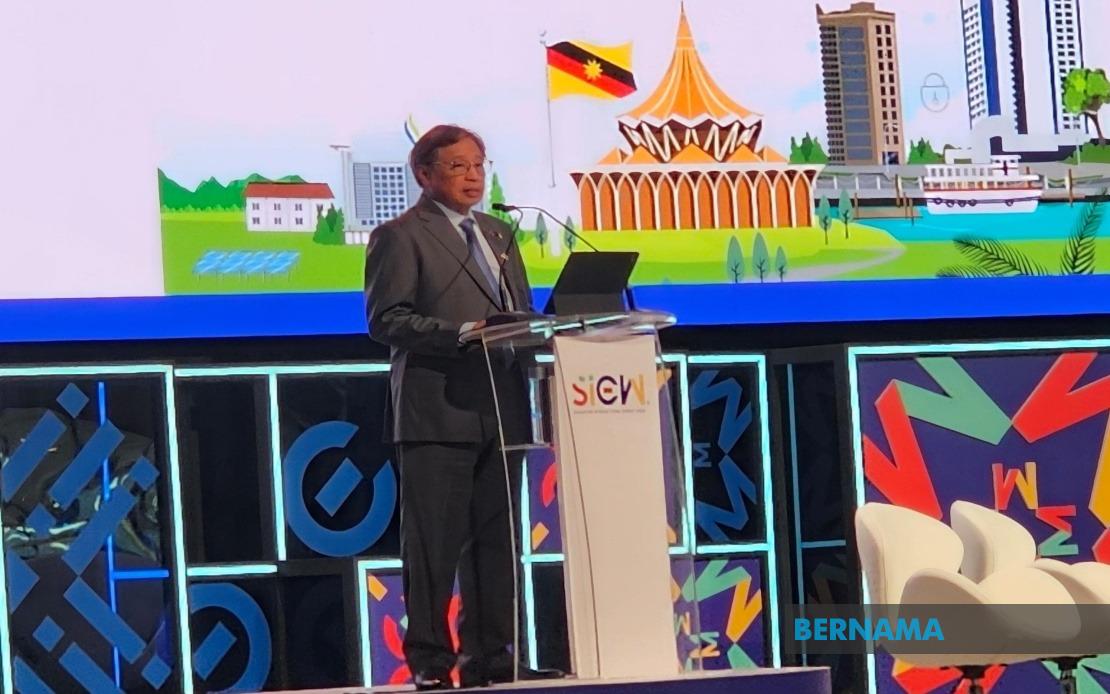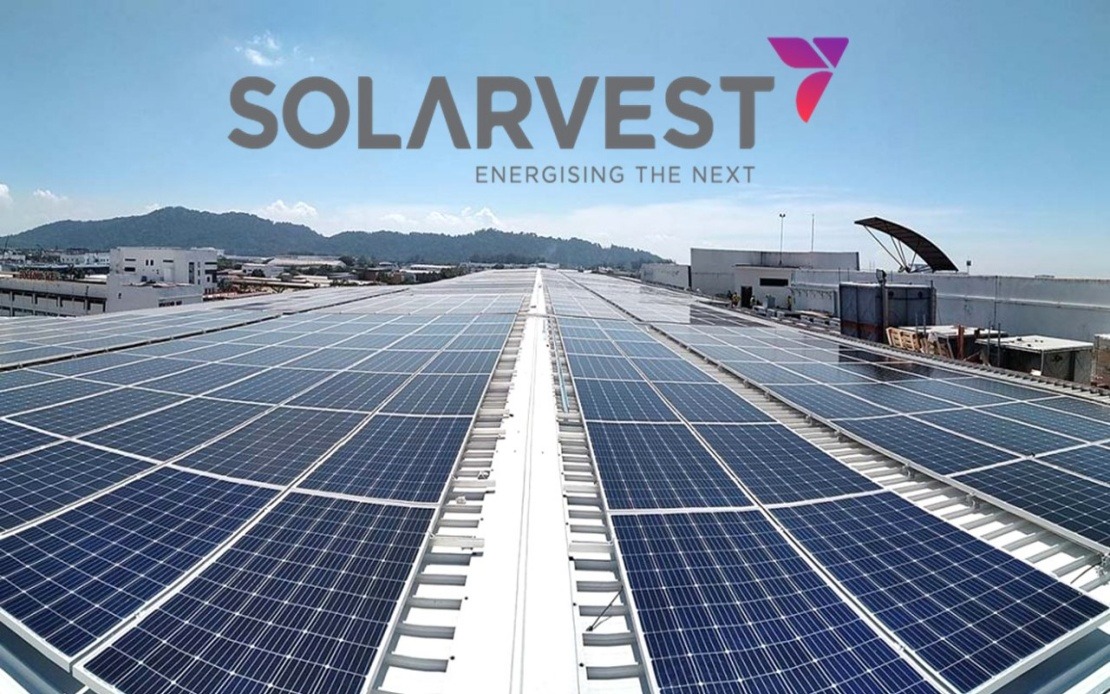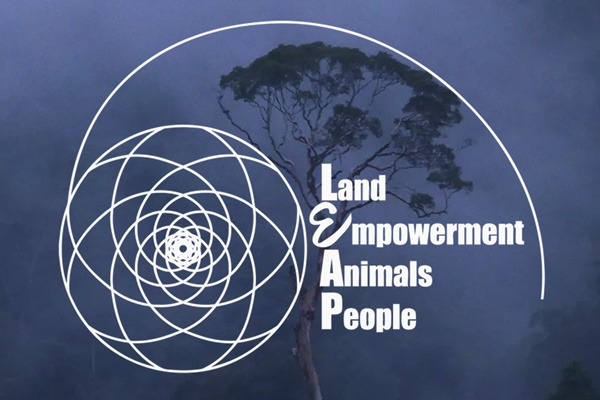News
Engage communities to co-design solutions, Sabah government urged
KOTA KINABALU, Aug 6 (Bernama) -- Seek solutions that respect all needs and aspirations in addressing the proposal to build a hydroelectric dam on Papar River, local civil society organisation, Land Empowerment Animals People (LEAP), said today.
Declaring solidarity with communities who have for a decade stood their ground against the Sabah government’s plan to dam Papar River, initially for water supply and now for both water and electricity, LEAP said there was a need for the state government and other advocates for the dam to listen to those who live close to the land and water.
“These communities convey a deep wisdom that we can learn from. In fact, cutting-edge local, regional and international science support this wisdom, as stated in two recent reports,” LEAP board chairman, Cynthia Ong said in a statement, here.
These reports are “Water Catchments in West Coast of Sabah and Future Water Supply” by Prof Felix Tongkul of Universiti Malaysia Sabah’s Natural Disaster Research Centre and a major paper by a group of researchers from Stanford University, Swiss Federal Institute of Technology and University of California, Berkeley in the international scientific journal, Nature. It focuses on the need to deploy diverse renewables to save tropical rivers.
Ong said LEAP supported Tongkul’s alternative proposal that favoured multiple offline water storage reservoirs along Papar River, as opposed to the existing damaging design where the dam cuts off the upriver section.
“The report states that freshwater could be separately stored in offline high-ground reservoirs, a method currently used at the Telibong Reservoir that stores water from Tuaran River, as well as in an approach not yet deployed in Sabah, namely offline low-ground reservoirs.
“Offline high-ground reservoir is an alternative already practised in Sabah and the government could consider this method for Papar River in meeting the state’s long-term water supply needs,” she said.
Ong said a large array of floating photovoltaics could be installed at the surface of offline reservoirs to reduce water evaporation and generate solar electricity, while fast-growing native fish species could be released into these reservoirs to improve food security, indirectly creating a new economy for inland fisheries in Papar.
“Local communities could become stewards who protect offline reservoirs from pollution. Water resource agencies are usually concerned about such issues but this can be addressed via the Payment for Ecosystem Services (PES) concept where communities are empowered and rewarded for protecting their watershed as is being piloted in Babagon,” she said.
Meanwhile, Tongkul was quoted as saying that the impact of a large-scale dam on the water catchment in Papar, one of the best in Sabah’s west coast, would disrupt the flow of the river leading to imbalance to the natural hydrological system. It has been reported that the hydroelectric dam proposed by the Sabah government would cost RM3 billion.
A state’s water security depends as much on the health of the water catchment – the forested uplands where the rain falls and seeps into the land – as it does on the large rivers and dams in the valleys.
Water shortages, floods and siltation of reservoirs are all directly linked to water catchment deterioration.
Building dams without attending to watershed management has repeatedly failed.
Other perils of building a large-scale dam on Papar River include the inducement of an earthquake due to extra weight of water on the Crocker Range landscape, and coastal erosion and seawater intrusion that occur when natural river flows and sediments are reduced.
-- BERNAMA
Other News
Sarawak Lepasi Sasaran Kapasiti Gabungan Tenaga Boleh Baharu Tahun Ini - Abang Johari

Oleh Nur Ashikin Abdul Aziz
SINGAPURA, 21 Okt (Bernama) -- Sarawak mencapai 62 peratus sasaran campuran kapasiti tenaga boleh baharu (TBB) tahun ini, melepasi sasaran 60 peratus yang digariskan dalam Strategi Pembangunan Pasca COVID-19 (PCDS) 2030.
Sarawak Pacu Pertumbuhan Tenaga Boleh Diperbaharui Untuk Manfaat ASEAN - Premier

SINGAPURA, 21 Okt (Bernama) -- Sarawak komited menyokong peralihan tenaga boleh diperbaharui di Asia Tenggara dengan memanfaatkan potensinya sebagai "Bateri ASEAN," yang akan membekalkan tenaga bersih menerusi sambungan Grid Kuasa Borneo dan ASEAN.
Belanjawan 2025 Percepat Peralihan Kepada Tenaga Bersih - Solarvest

KUALA LUMPUR, 19 Okt (Bernama) -- Belanjawan 2025 merupakan satu langkah ke arah mempercepat peralihan kepada tenaga bersih di Malaysia, kata Solarvest Holdings Bhd.
© 2025 BERNAMA. All Rights Reserved.
Disclaimer | Privacy Policy | Security Policy This material may not be published, broadcast,
rewritten or redistributed in any form except with the prior written permission of BERNAMA.
Contact us :
General [ +603-2693 9933, helpdesk@bernama.com ]
Product/Service Enquiries [ +603-2050 4466, digitalsales@bernama.com ]
